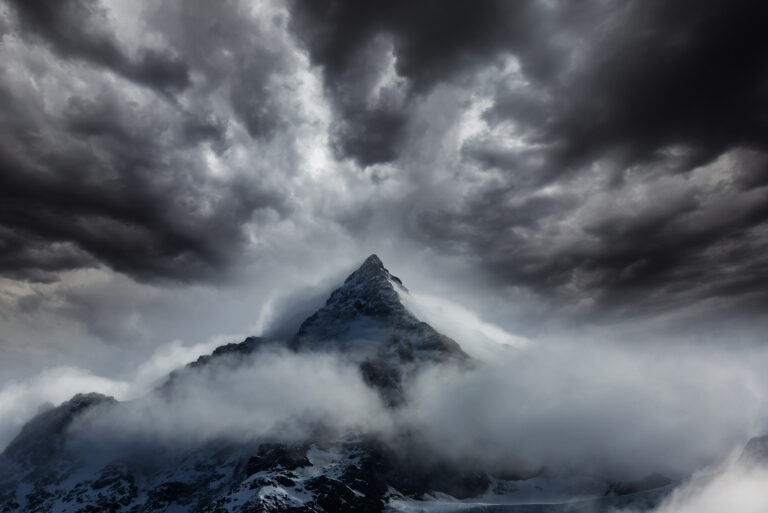The sky appears blue to our eyes, but the process behind this color is more complex than it seems. While it might be easy to assume that the sky is simply filled with blue light, the reality is that all the colors of the rainbow contribute to what we see. The way light interacts with Earth’s atmosphere determines the sky’s color, and it takes the full spectrum of visible light to create the brilliant blue we associate with a clear day.
The Science of Light and Color
Sunlight, or white light, is made up of all the colors of the visible spectrum—red, orange, yellow, green, blue, indigo, and violet. Each of these colors has a different wavelength, with red having the longest and violet the shortest. When sunlight enters Earth’s atmosphere, it encounters molecules and particles that scatter the light in different directions. This scattering effect, known as Rayleigh scattering, is more effective at shorter wavelengths, which is why blue and violet light are scattered more than red and yellow.
Why We See Blue Instead of Violet
If violet light is scattered even more than blue, then why doesn’t the sky appear purple? The answer lies in both human perception and the behavior of sunlight. Our eyes are more sensitive to blue light than to violet light, and a portion of violet light is absorbed by the upper atmosphere, further reducing its intensity. The combination of stronger blue light scattering and our eye’s sensitivity results in the sky appearing predominantly blue rather than purple.
The Role of Other Colors in the Spectrum
Though blue dominates, the other colors in the spectrum are still present and play a role in shaping the sky’s appearance. During sunrise and sunset, when the sun is lower on the horizon, its light must pass through more of the atmosphere. This extended journey scatters shorter blue and violet wavelengths out of our line of sight, allowing the longer red, orange, and yellow wavelengths to become more visible. The stunning reds and oranges of a sunset are a direct result of this filtering process.
Atmospheric Conditions and Color Variation
The exact shade of blue we see can change depending on factors such as air pollution, humidity, and altitude. In areas with more atmospheric particles—such as dust, smoke, or water vapor—scattered light can mix differently, sometimes giving the sky a paler or even grayish-blue appearance. In contrast, higher altitudes with thinner air scatter light differently, creating a deeper, more vivid blue sky.
A Sky Without an Atmosphere
If Earth had no atmosphere, the sky wouldn’t appear blue at all—it would be black, just as it is on the Moon. Without air molecules to scatter sunlight, there would be nothing to diffuse the light in different directions. The absence of an atmosphere would mean that the only light we see would come directly from the sun and any visible celestial objects, just as astronauts see in space.
The Beauty of a Full Spectrum
While blue is the dominant color of the daytime sky, it is the result of an intricate process that depends on the presence of all colors in the light spectrum. The interplay of different wavelengths, the way our eyes perceive light, and the varying conditions of the atmosphere all contribute to the ever-changing shades we see overhead. Without the entire rainbow of colors present in sunlight, the sky as we know it wouldn’t exist in the same brilliant blue form.
Understanding why the sky is blue reminds us of the complexity and beauty of the natural world. It’s a phenomenon that depends on physics, perception, and even the conditions of the planet itself. So the next time you look up at a blue sky, remember that it’s not just one color—it’s the result of an entire spectrum working together.


